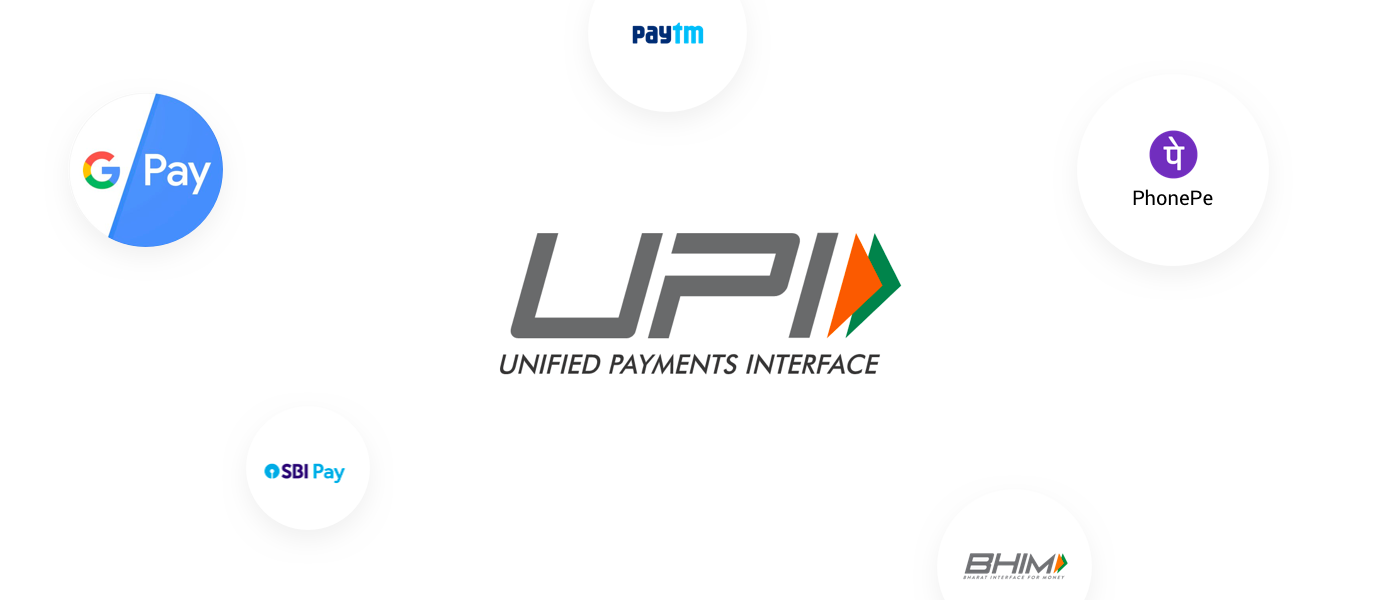Emergencies come without warning, and during such times, quick financial access becomes essential. Many people now depend on Loan Apps Personal options because they offer faster approvals and simple digital steps. With the rising demand for instant funds, the search for the Best Online Loan App has become common for users looking for reliability and clarity. Personal Loan Apps India are designed to help users meet urgent needs by offering accessible borrowing directly from their phone. This guide explains how these apps work, why people choose them, and how to use them wisely during unexpected situations.

How Personal Loan Apps Work in India
Personal Loan Apps India follow a simple digital process. Users complete an application, provide basic details, and undergo an online verification process. Once the income and identity details are checked, the app evaluates eligibility and shares the loan limit. The entire flow happens within the app, making it suitable during urgent situations.
These platforms use automated systems to analyze user information, reducing the time involved in manual review. Because the application and verification both happen online, the waiting time is shorter compared to offline procedures.
Why People Prefer Loan Apps Personal for Emergencies
Quick Application Steps
The main reason people choose Loan Apps Personal during emergencies is the convenience. Users only need essential data such as identity proofs, income information, and bank details. The simplified process reduces confusion and allows users to complete everything digitally.
No Physical Visits
Personal Loan Apps India remove the need to visit an office or submit papers in person. This is helpful for users dealing with sudden financial stress. Online document uploads make the experience easier and prevent delays.
Flexible Borrowing Options
Many apps allow users to select the amount based on their needs. Some allow short-term borrowing, while others offer longer repayment choices. This flexibility supports emergency situations where the exact requirement varies from one person to another.
Key Features to Look For
Choosing the Best Online Loan App requires understanding the essential features. These help you evaluate whether the app matches your financial needs and emergency situations.
Clear Eligibility Rules
A reliable app explains the qualification criteria in simple terms. Age range, income level, and employment type are usually mentioned upfront.
Easy-to-Understand Repayment Information
Repayment schedules should be visible before confirming the loan. Transparent information helps users avoid confusion and plan their finances.
Minimal Documentation
Good Personal Loan Apps India do not ask for unnecessary documents. Basic identification and income proofs should be enough.
Privacy and Data Safety
Because the process involves sensitive details, the app must have strong protection for personal data. Always check if the platform follows secure practices.
Emergency Situations Where Loan Apps Personal Help
Unexpected events often lead to sudden expenses. Personal Loan Apps India help users in situations such as:
- Medical needs
- Unplanned travel
- Vehicle breakdown
- Home repairs
- Temporary cash flow gaps
- Small urgent bills or fees
These apps are helpful when there is no time to wait for offline approvals or lengthy procedures.
Common Mistakes to Avoid
Borrowing More Than Needed
Emergency loans should only cover the necessary amount. Larger borrowing increases the repayment load and may affect future planning.
Not Reviewing the Terms
Always read the repayment conditions carefully. Many users ignore details, leading to difficulties later. Make sure the terms are comfortable and manageable.
Applying on Multiple Apps
Submitting applications to several platforms at once can affect eligibility. It may also create confusion for the user. Choose a single Best Online Loan App after reviewing all details.
How to Compare Personal Loan Apps India
Check the Loan Amount Range
Different apps offer different loan ranges. Select one that aligns with your specific emergency need.
Review the Repayment Duration
Short repayment cycles require faster payments. Longer cycles may offer more breathing room. Compare both before making a decision.
Evaluate Approval Timelines
Some apps provide instant limits, while others might take a little more time for verification. Choose based on the urgency of your requirement.
Look for Simple App Navigation
A clear and easy design makes the process smoother. The best apps offer simple menus, clear instructions, and easy access to support.
Responsible Borrowing Practices
Track Your Monthly Budget
Borrow only what fits comfortably within your upcoming income. Responsible borrowing avoids pressure on future finances.
Repay on Time
Timely repayment supports your credit profile and ensures smoother eligibility next time.
Avoid Frequent Borrowing
Emergency loans should not become a regular habit. Use them only when truly required to maintain financial discipline.
Benefits of Using the Best Online Loan App During Emergencies
Choosing the Best Online Loan App ensures fast access, transparent details, and easy interactions. Good platforms also maintain data safety and clear communication, which helps during urgent situations. Because many apps operate 24/7, users can seek support even outside regular hours. For individuals who need immediate financial backup, these apps offer a practical and convenient solution.
Future of Personal Loan Apps India
The use of Loan Apps Personal is expected to increase as more people prefer mobile-based financial solutions. Verification systems are becoming more accurate, and user experience continues to improve. The future may include features like advanced budgeting tools, smarter loan suggestions, and improved repayment assistance. This progress will make emergency borrowing smoother and more accessible for everyone.
Conclusion
Personal Loan Apps India have changed the way people access emergency funds. With fast processing and simple digital steps, they provide a practical solution during sudden financial needs. Users who choose a reliable platform can manage emergencies smoothly and avoid unnecessary delays. Including the right features, clear information, and flexible borrowing options helps in selecting the Best Online Loan App. When used responsibly, Loan Apps Personal options can offer useful support during unexpected situations and help individuals stay prepared for urgent financial challenges.








